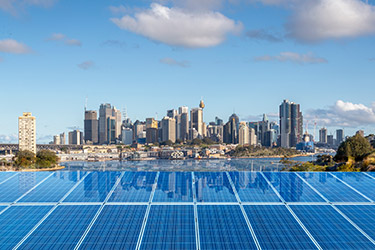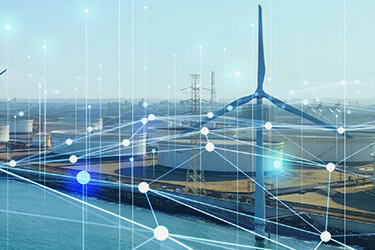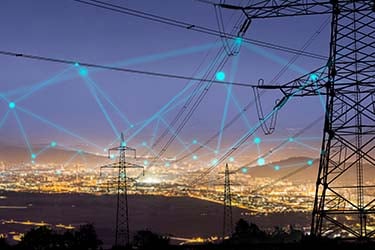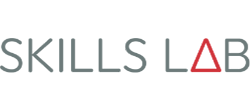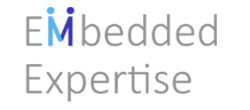How smart grid solutions will power us into the future
Paul Moore, Published: July 26, 2021 - Updated: December 9, 2021 (5 min read)
Last time around, we spoke about the traditional grid and its limitations for a growing Australian population.
As I shared in the previous blog, traditional energy grids are large, centralised power generators that rely primarily on fossil fuels and typically aren’t digitised enough to meet modern market requirements.
Now it’s time to do a deeper dive into the smart grid.
In this blog, I’ll break down both the benefits and challenges of bringing smart grid solutions into the Australian energy market.
Renewable energy generation and its evolution
Development, particularly over the last five years, means that the cost for renewable energy has reduced dramatically and is currently the lowest levelised cost of energy, and that’s assuming we (Australia) continue to ignore externalities associated with fossil fuel-based energy.
The graph below illustrates this point nicely:
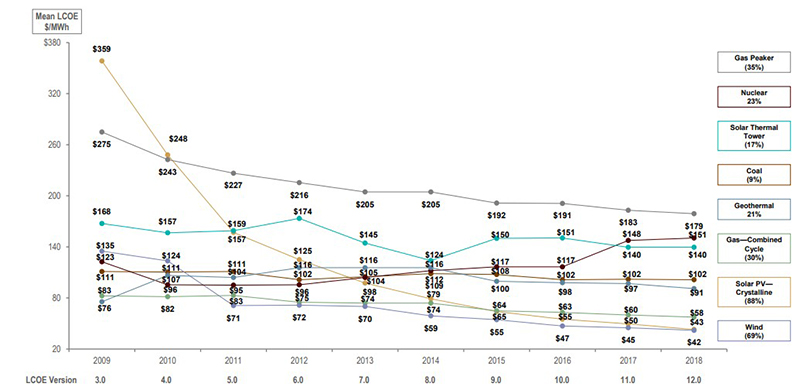
Above: The cost for renewable energy (particularly wind and solar PV) has declined
dramatically, according to analysis from Lazard.
Meanwhile, power conversion technology used in renewable energy technology is evolving rapidly.
A great example of this is Hitachi ABB’s synthetic inertia technology. Most frequency control technologies in power conversion equipment rely on measurement and control systems to respond to system disturbances which means the response is inherently time delayed. Traditional rotating machines have built-in physical inertia through their mass, this gives an immediate response without any measurement or control signals.
Virtual Synchronous Machine (VSM) technology models the traditional rotating machine response. Early studies indicate that synthetic inertia (or VSM) will perform even better than traditional rotating machines as the inertial response can be configurable to suit network conditions.
Distributed generation in smart grids
In traditional grids we talked about energy generation being large and centralised, experiencing heavy ‘losses in the lines’ while transporting power to load centres.
Read more: We outlined four reasons traditional grids caused issues for consumers
In a smart grid, energy generation is decentralised. It is smaller in size, is made up of many more individual generators, and much of the generation is located close to load centres. This significantly reduces line losses.
This kind of architecture also makes the grid more resilient by reducing the effect of a single-point-of-failure and reducing the likelihood of cascading failures.
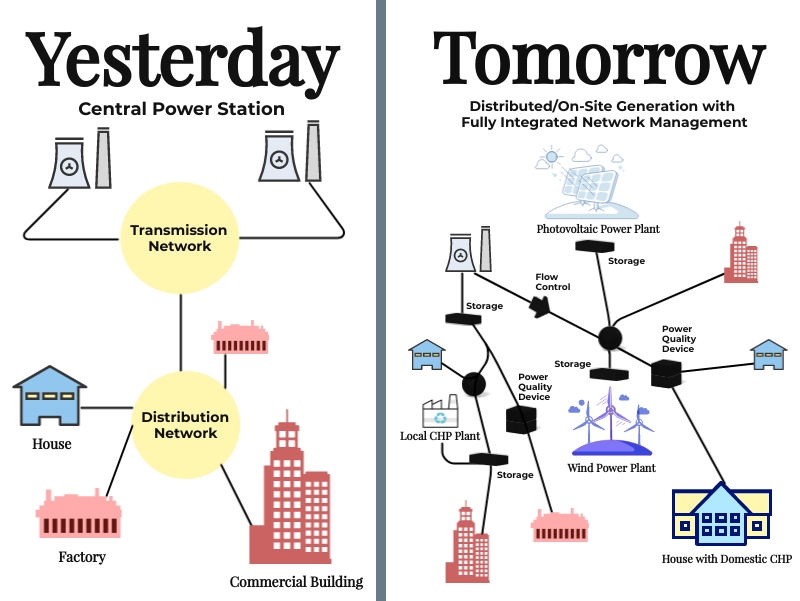
Self-healing networks
In the first blog in this series, I highlighted that traditional grids are one-directional and don’t have high-resolution data or control of the network themselves.
Smart grids bring with them a lot of new, reliable, low-cost technology that enables functionality, like self-healing energy networks that were not previously possible. Self-healing networks automate the manual and time-consuming processes that typically occur after a network fault has occurred. This speeds up to restoration of power to users after network faults, a key measure of distribution network performance.
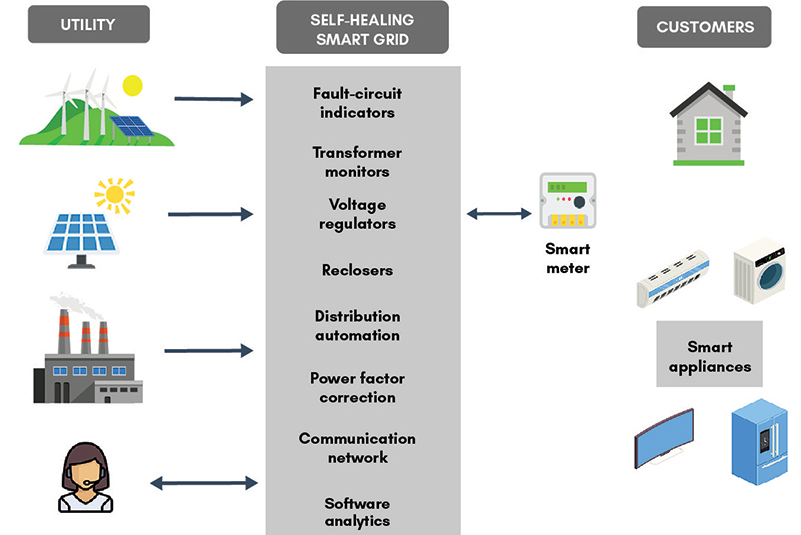
The Internet of Things makes a lot of this possible. Leveraging distributed automation, smart meter technology, software analytics and machine learning, it is now possible for these systems to predict and correct network issues.
Advanced data and communications allow new functions
Rapidly evolving data and communication systems make it possible to perform functions that were previously uneconomical or impossible.
For example, micro phasor measurement units (uPMU) are now at a cost point where high-resolution data can be synchronised and processed for distribution network voltages and currents.
This type of capability is becoming very important in distribution networks where previously only averaged RMS measurements are made over several cycles.
Interoperability standards like IEEE2030.5 allow for smart devices, inverters, VPPs, aggregators, utilities and system operators to exchange information openly in something close to real-time.
A distributed network comprising active loads, generation and many active market participants cannot operate reliably and economically without these types of capabilities.
The future of smart grids feeds off technology
That’s it for this part of the blog and the recap of the current developments for smart grids. Technology will continue to be at the heart of the adoption of smart grids, and that’s something we’ll be covering further in the next blog.
In the next blogs, we will cover the topics of modern demand-side management, consumer market participation, new energy markets and cybersecurity. I hope you'll keep reading!

